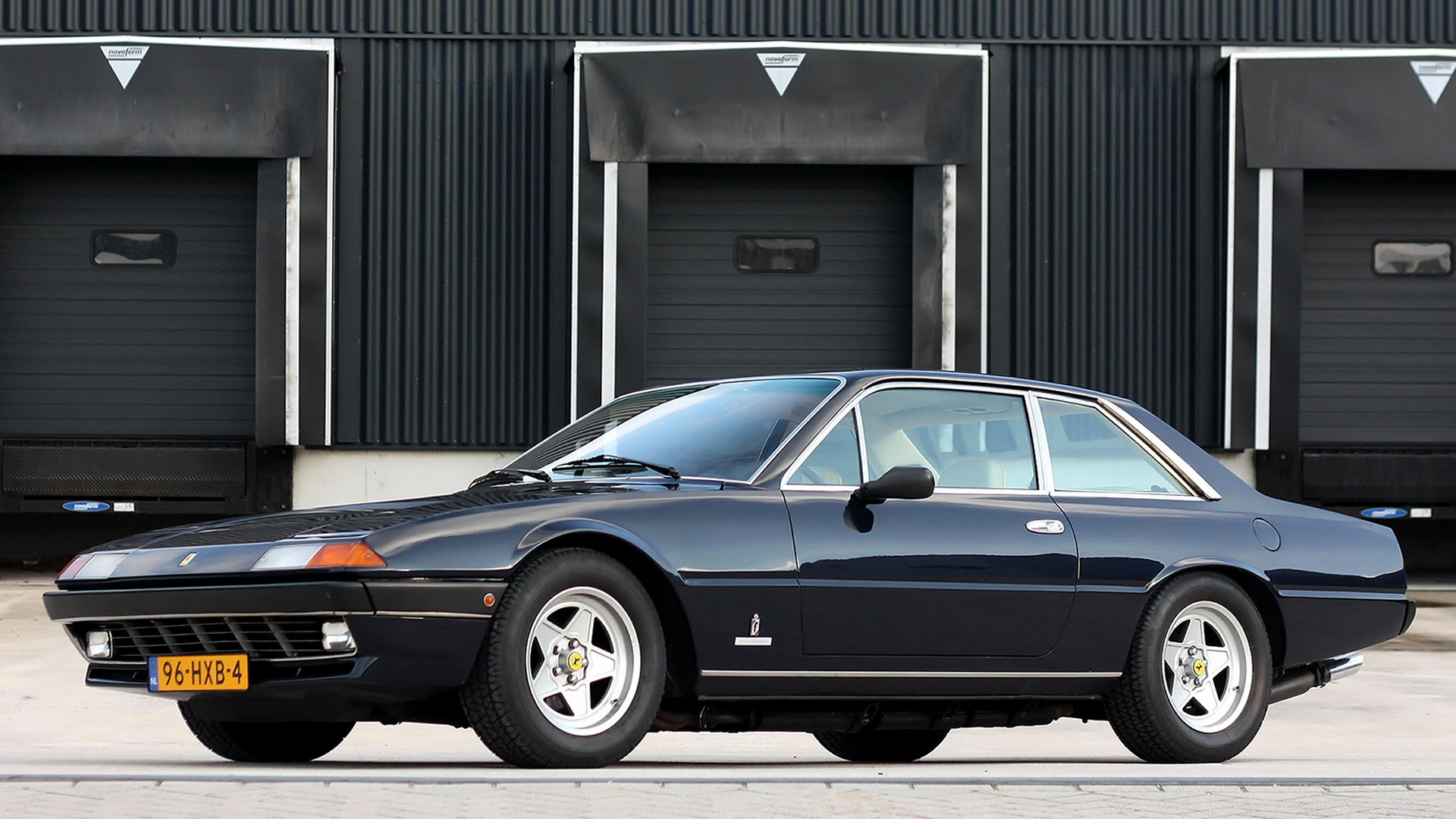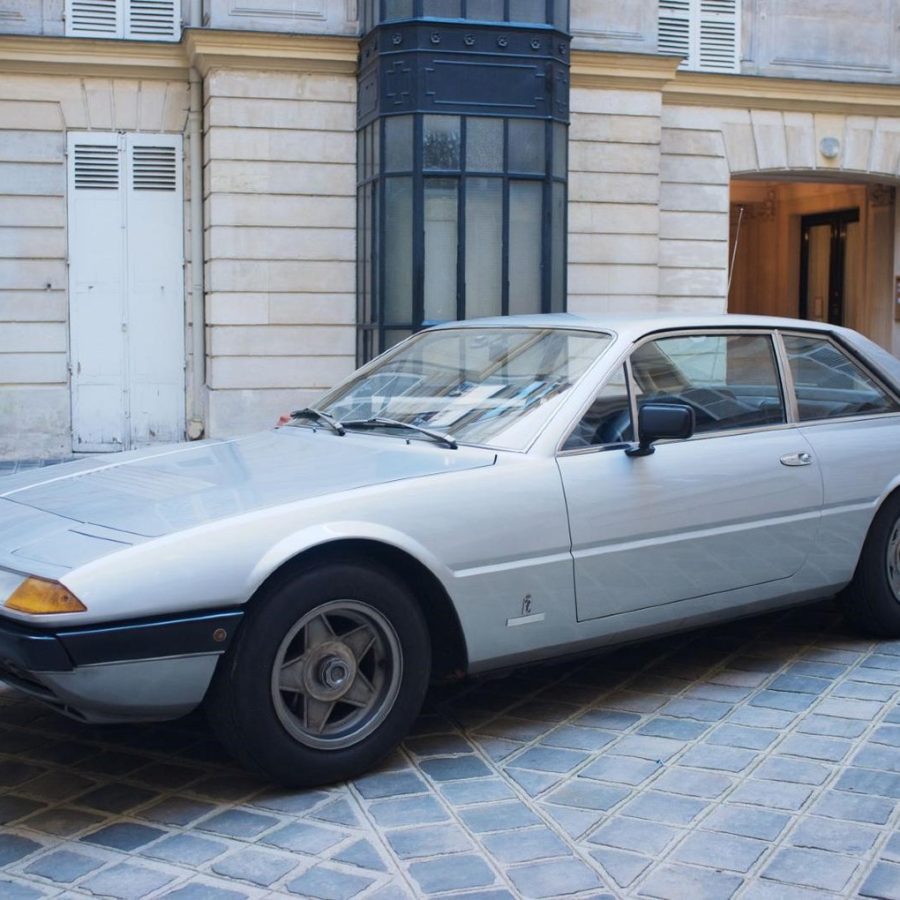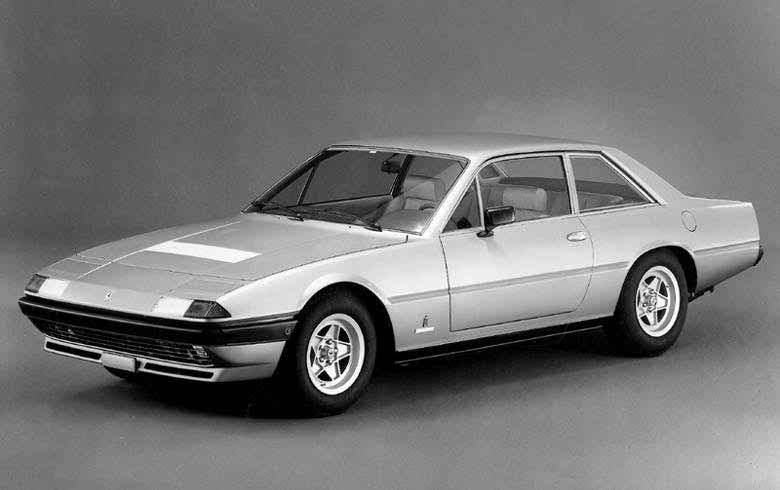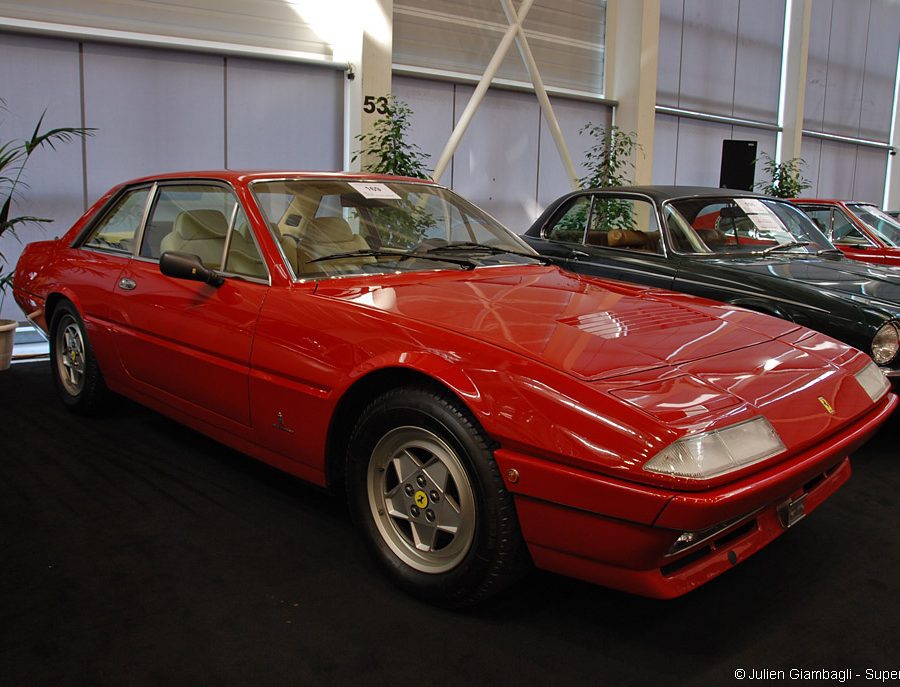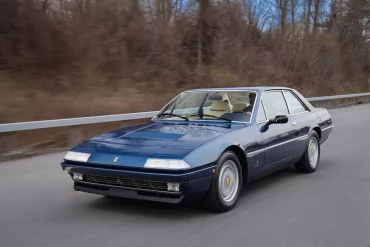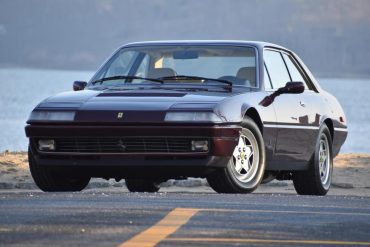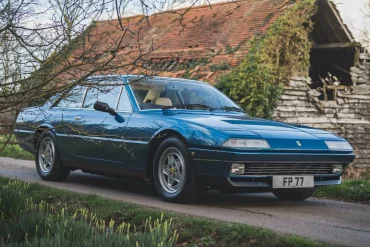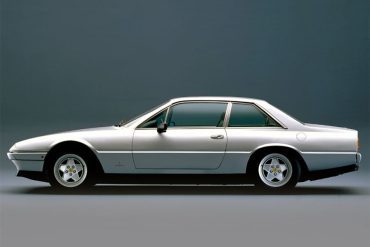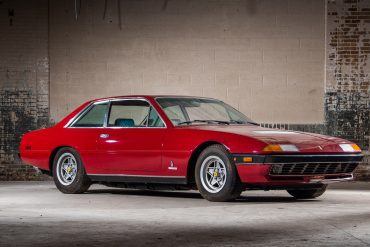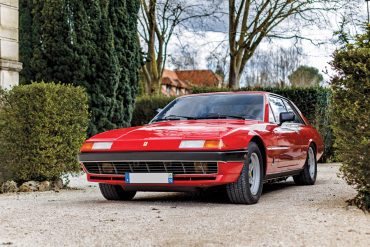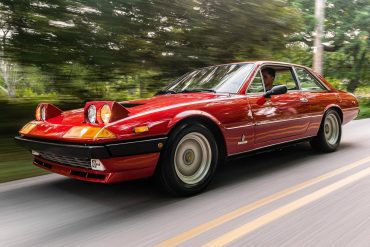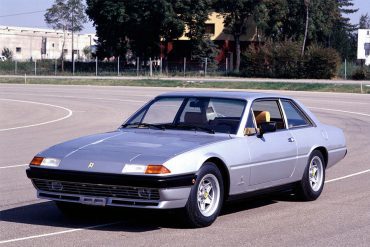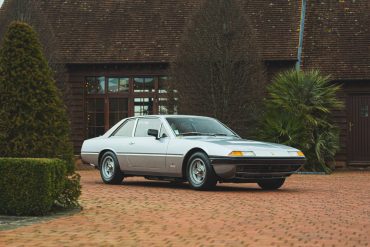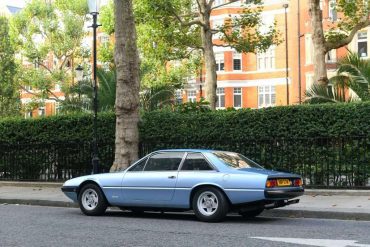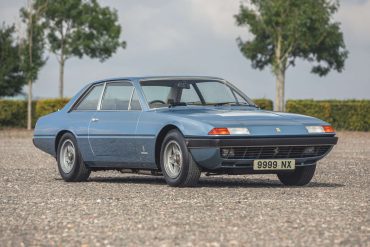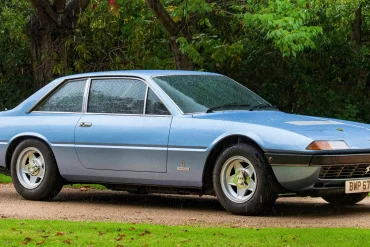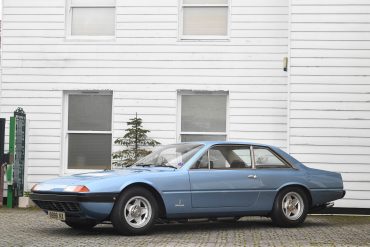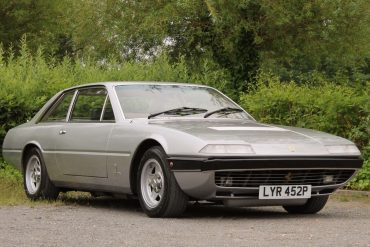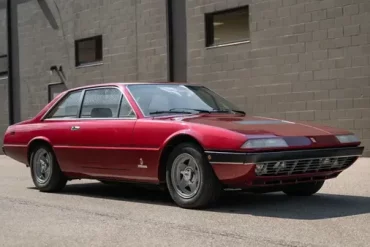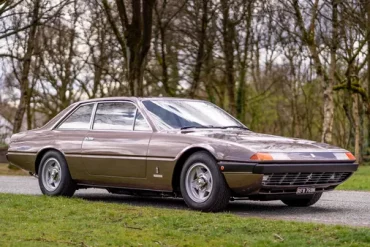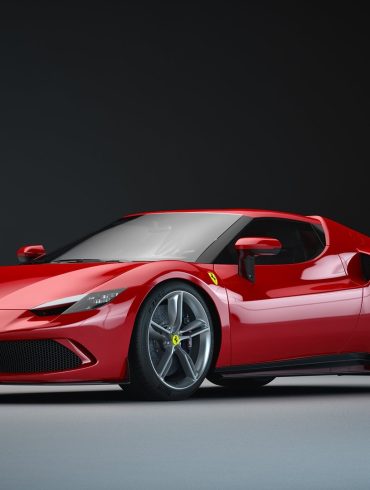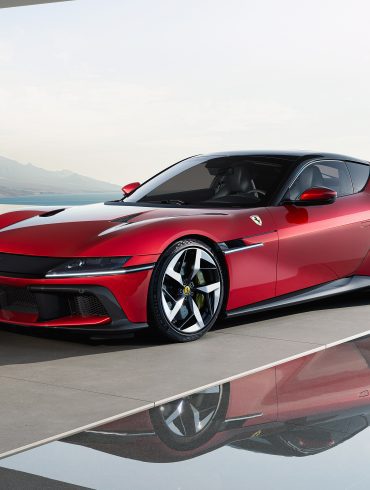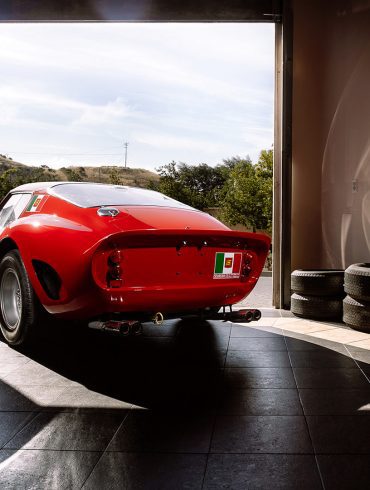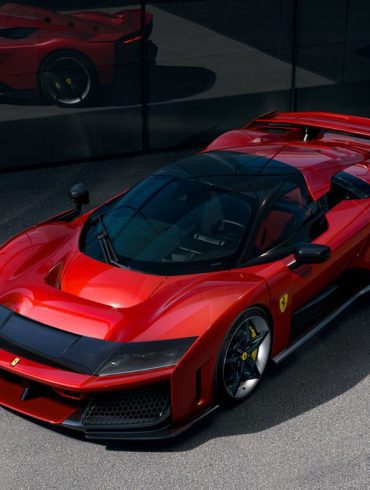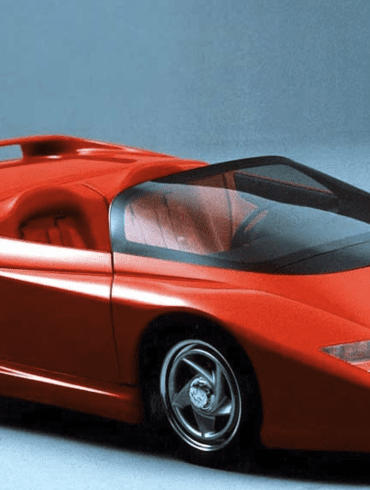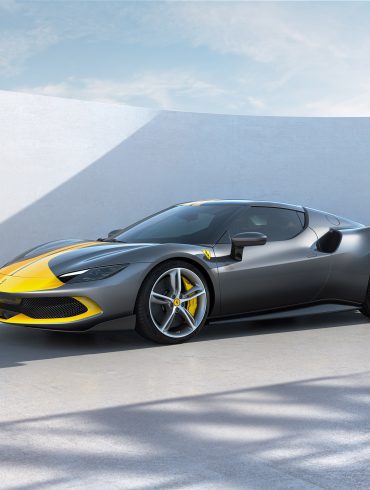1972 Ferrari 365 GT4 2+2 In Detail submitted by Richard Owen type Series Production Car built at Maranello, Italy engine V12 valvetrain DOHC 2 Valves / Cyl displacement 4390 cc / 267.9 in³ bore 81 mm / 3.19 in stroke 71 mm / 2.8 in compression 8.8:1 power 253.5 kw...
Ferrari 365 GT4 2+2, 400 & 412
The Ultimate Guide
Front-engined V12 grand tourers produced by Ferrari between 1972 and 1989. Marketed as separate models, they shared a strong family resemblance, utilizing the same basic platform and evolving gradually over time. The 365 GT4 2+2, launched in 1972, introduced the sleek Pininfarina-designed body and spacious 2+2 layout. It was succeeded by the 400 in 1976, notable for being the first Ferrari offered with an automatic transmission. The 400i arrived in 1979 with Bosch fuel injection, improving efficiency and drivability. Finally, the 412, introduced in 1985, boasted a slightly larger engine and subtle styling refinements.
The Ferrari 365 GT4 2+2, 400, and 412: Grand Touring Elegance
Despite their differences, these cars shared a common DNA: a luxurious interior, a powerful V12 engine, and a focus on comfortable high-speed cruising. They represent a distinct era in Ferrari's history, where grand touring elegance met everyday usability.
A New Approach to Grand Touring
The Origins: Ferrari 365 GT4 2+2 (1972-1976)
Unveiled at the 1972 Paris Motor Show, the Ferrari 365 GT4 2+2 was designed to replace the outgoing 365 GTC/4. It was aimed at clients who valued the performance of a V12 Ferrari but required the practicality of a four-seater. Designed by Pininfarina, the 365 GT4 2+2 featured sharp, angular lines and a long, low profile, establishing a distinctive aesthetic that would define Ferrari’s 2+2 grand tourers for nearly two decades.
The 365 GT4 2+2 was powered by a 4.4-liter V12 engine producing 340 horsepower, paired with a five-speed manual gearbox. It featured independent suspension at all four corners, a rear-mounted transaxle for balanced weight distribution, and self-leveling rear dampers—a first for Ferrari.
Evolution: Ferrari 400 and 400i (1976-1985)
In 1976, the 365 GT4 2+2 evolved into the Ferrari 400. It retained the elegant Pininfarina design but introduced a larger 4.8-liter V12 engine, available in carbureted (400) or fuel-injected (400i) configurations. The 400 was also the first Ferrari offered with an automatic transmission, reflecting the brand’s efforts to appeal to a broader, more luxurious market.
The 400i, introduced in 1979, replaced the carburetors with Bosch K-Jetronic fuel injection, enhancing reliability and meeting stricter emissions regulations. While the power output dropped slightly to 310 horsepower, the 400i provided smoother and more refined performance.
Refinement: Ferrari 412 (1985-1989)
The final iteration of this lineage, the Ferrari 412, debuted in 1985. It featured a further enlarged 4.9-liter V12 engine producing 340 horsepower and an anti-lock braking system (ABS)—a first for Ferrari. The 412 also received subtle styling updates, including a revised front grille, body-colored bumpers, and new alloy wheels, giving it a more modern appearance.
Model Variants and Key Differences
Ferrari 365 GT4 2+2 (1972-1976): The original model, featuring a 4.4-liter V12, five-speed manual gearbox, and classic angular styling.
Ferrari 400 (1976-1979): Introduced a 4.8-liter carbureted V12 and offered an optional three-speed automatic transmission.
Ferrari 400i (1979-1985): Upgraded to Bosch fuel injection, improving reliability and emissions compliance at the cost of reduced horsepower.
Ferrari 412 (1985-1989): Enlarged 4.9-liter V12, ABS, subtle styling changes, and a mix of automatic and manual transmission options.
V12 Power and Grand Touring Comfort
The Ferrari 365 GT4 2+2, 400, and 412 prioritized refinement and high-speed cruising over raw performance. However, the V12 engines provided ample power for spirited driving.
365 GT4 2+2: With 340 horsepower, the 365 GT4 2+2 could reach a top speed of 152 mph and accelerate from 0 to 60 mph in around 7 seconds. Its manual gearbox and rear-mounted transaxle offered engaging handling for a grand tourer.
400/400i: The carbureted 400 maintained similar performance to the 365 GT4 2+2, while the 400i’s fuel-injected engine reduced horsepower but improved drivability and fuel economy. The automatic transmission offered a more relaxed driving experience.
412: With 340 horsepower and 0-60 mph in 6.7 seconds, the 412 restored some of the original performance while adding modern features like ABS.
Road & Track described the 412 as “an elegant machine capable of devouring miles with grace,” while Car and Driver praised its “impeccable ride quality and effortless power.”
Mixed at the Time, Revered Today
At launch, the 365 GT4 2+2 and its successors received mixed reviews. Enthusiasts appreciated their luxurious interiors, smooth V12 engines, and grand touring capabilities, but critics lamented their understated design and focus on comfort over raw performance. The introduction of the automatic transmission, in particular, divided Ferrari purists.
Today, these models are appreciated for their unique place in Ferrari’s history. They represent a time when Ferrari catered to a more sophisticated audience, offering understated elegance and usability. The clean, angular design has gained newfound appreciation as a classic of 1970s and 1980s automotive styling.
An Underrated Classic
The Ferrari 365 GT4 2+2, 400, and 412 are now considered hidden gems among Ferrari’s offerings. Their blend of practicality, luxury, and V12 performance makes them appealing to enthusiasts seeking a grand tourer with pedigree. With rising interest in vintage Ferraris, these models have seen increasing recognition for their engineering and historical significance.
As one of the first Ferraris to incorporate modern features like fuel injection, automatic transmissions, and ABS, this series played a pivotal role in Ferrari’s evolution into a broader luxury brand. Their relative affordability compared to other vintage Ferraris also makes them an attractive entry point into Ferrari ownership.
Timeless Elegance Meets V12 Power
The Ferrari 365 GT4 2+2, 400, and 412 may not have the flamboyance of Ferrari’s mid-engine supercars, but they offer a unique blend of style, refinement, and usability. These grand tourers stand as a testament to Ferrari’s ability to adapt to the changing tastes of its clientele while remaining true to its core values of performance and craftsmanship. For enthusiasts and collectors, these models offer an intriguing combination of history, exclusivity, and understated luxury.
Ferrari 365 GT4 2+2/400/412
Manufacturer: Ferrari
Production: 1972–1989
Produced: 2,907 units
Designer: Leonardo Fioravanti
Class: Grand tourer
Body style: 2+2 coupé
Layout: Front-engine, RWD
Predecessor: Ferrari 365 GT 2+2
Successor: Ferrari 456
Did You Know
These were true 2+2 grand tourers, meaning they had usable rear seats and decent trunk space. Imagine a Ferrari road trip with the kids... or at least a friend and their golf clubs!
The 400 was the first Ferrari offered with an automatic transmission. This was a bold move at the time, aimed at attracting buyers who wanted a more relaxed driving experience.
The 400i, introduced in 1979, was one of the first Ferraris to feature Bosch K-Jetronic fuel injection. This improved both performance and fuel efficiency.
For a four-seater, it handles remarkably well. It's no sports car, but it's certainly no slouch
Road & Track (1973), reviewing the 365 GT4 2+2
Ferrari 365 GT4 2+2, 400 & 412 Model Variants
The Ferrari 365 GT4 2+2, 400, and 412 were essentially evolutions of the same core design, a luxurious 2+2 grand tourer built over a 17-year period. The initial 365 GT4 2+2 (1972) established the sleek Pininfarina styling and spacious layout, powered by a 4.4-liter carbureted V12. The 400 (1976) made history as the first Ferrari with an optional automatic transmission, alongside a larger 4.8-liter engine. Then came the 400i (1979), adding fuel injection for improved efficiency and drivability. Finally, the 412 (1985) refined the formula with a slightly larger 4.9-liter engine and subtle aerodynamic enhancements. While each model had its own distinct character, they all shared a focus on comfortable high-speed cruising, a powerful V12 soundtrack, and a refined GT experience.
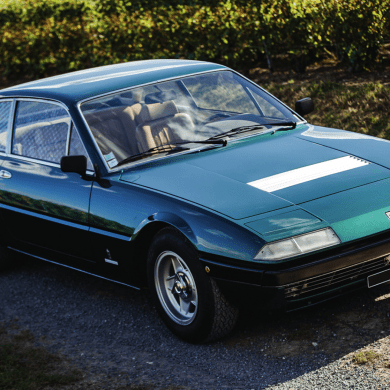
Ferrari 365 GT4 2+2
Type: Production Car
Years: 1972 - 1976
Production: 524 units
Engine: 4.4 L Nat Asp V12
Power: 340 bhp @ 6200 rpm
Torque: 318 lb/ft @ 4000 rpm
0-60 mph: 7.0 seconds
Top Speed: 163 mph
In 1972, just a year after the launch of the GTC/4, a new 2+2 debuted at the Paris Motor Show: the 365 GT4 2+2. The name refers to the single cylinder displacement (365 cc), four overhead camshafts (GT4) and seat configuration (2+2). Most of the mechanicals, including the 4.4 liter engine, were carried over from its predecessor. The V12 used six side-draft Weber 38 DCOE 59/60 carbs. Learn more.
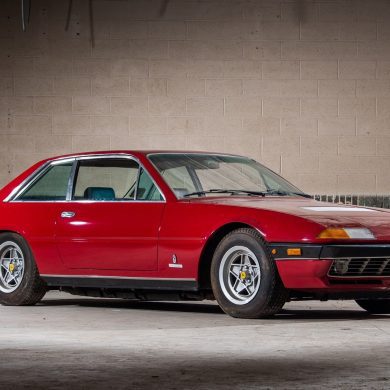
Ferrari 400 Auto
Type: Production Car
Years: 1976 - 1979
Production: 355 units
Engine: 4.8 L Nat Asp V12
Power: 340 bhp @ 7700 rpm
Torque: 347 lb/ft @ 3600 rpm
0-60 mph: 7.1 seconds
Top Speed: 150 mph
At the 1976 Paris Motor Show Ferrari unveiled the replacement for the 365 GT4 2+2. The new 400 was offered in two models: 400 Automatic, using a GM THM400 3-speed automatic transmission, and 400 GT, using a five-speed transmission. The 400 Automatic was the first Ferrari to have an automatic transmission. The 365’s V12 engine had been stroked to a displacement of 4.8 L. Learn more.
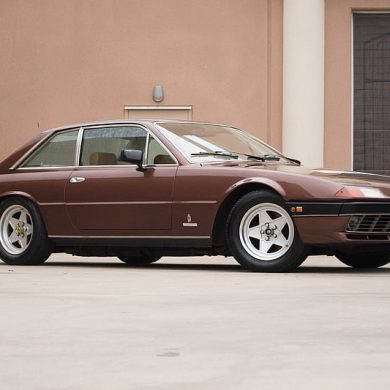
Ferrari 400 GT
Type: Production Car
Years: 1952
Production: 6 units
Engine: 4.1 L Lampredi V12
Power: 200 bhp @ 5000 rpm
Torque: N/A
0-60 mph: N/A
Top Speed: 116 mph
At the 1976 Paris Motor Show Ferrari unveiled the replacement for the 365 GT4 2+2. The new 400 was offered in two models: 400 Automatic, using a GM THM400 3-speed automatic transmission, and 400 GT, using a five-speed transmission. The 400 Automatic was the first Ferrari to have an automatic transmission. The 365’s V12 engine had been stroked to a displacement of 4.8 L. Learn more.
Ferrari 400 Auto i
Type: Production Car
Years: 1979 - 1985
Production: 422 units
Engine: 4.8 L Nat Asp V12
Power: 306 bhp @ 6400 rpm
Torque: 289 lb/ft @ 4200 rpm
0-60 mph: 8.3 seconds
Top Speed: 150 mph
The carburetors on the 400 were replaced with Bosch K-Jetronic fuel injection in 1979. As in the smaller 308i, power was down to 306 hp, but emissions were improved, complying with U.S. standards. Top speed was 149 mph. Initially differences between the 400 and 400 i were limited to the fuel injected engine. At the end of 1982, the 400i was updated with new camshaft profiles and exhaust headers. Learn more.
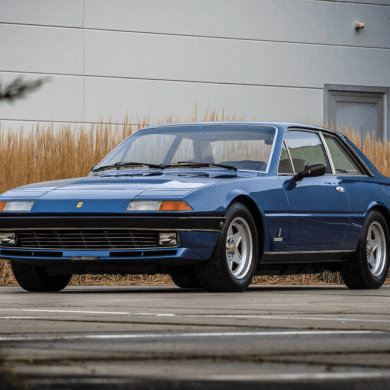
Ferrari 400 GTi
Type: Production Car
Years: 1979 - 1985
Production: 883 units
Engine: 4.8 L Nat Asp V12
Power: 306 bhp @ 6400 rpm
Torque: 289 lb/ft @ 4200 rpm
0-60 mph: 8.3 seconds
Top Speed: 150 mph
The carburetors on the 400 were replaced with Bosch K-Jetronic fuel injection in 1979. As in the smaller 308i, power was down to 306 hp, but emissions were improved, complying with U.S. standards. Top speed was 149 mph. Initially differences between the 400 and 400 i were limited to the fuel injected engine. At the end of 1982, the 400i was updated with new camshaft profiles and exhaust headers. Learn more.
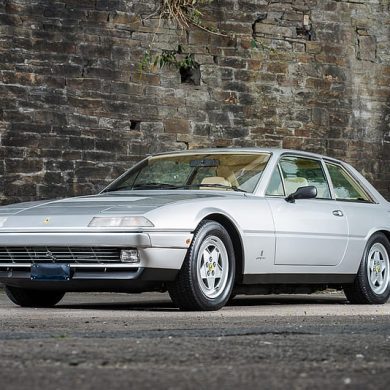
Ferrari 412
Type: Production Car
Years: 1985 - 1989
Production: 270 (GT), 306 (A) units
Engine: 4.9 L Nat Asp V12
Power: 335 bhp @ 6000 rpm
Torque: 327 lb/ft @ 4200 rpm
0-60 mph: 6.7 seconds
Top Speed: 155 mph
In 1985 further improvements were made, with the launch of the Ferrari 412. The engine was bored 1 mm. Both the manual and automatic transmissions were retained, but exterior badging no longer denoted the transmission type fitted. Bosch ABS was offered, a first for Ferrari. The body was altered, with a raised rear deck granting more luggage space. Learn more.
The 400 Automatic is a true gentleman's express. It's effortless to drive, comfortable, and surprisingly quick.
Motor (1976)


